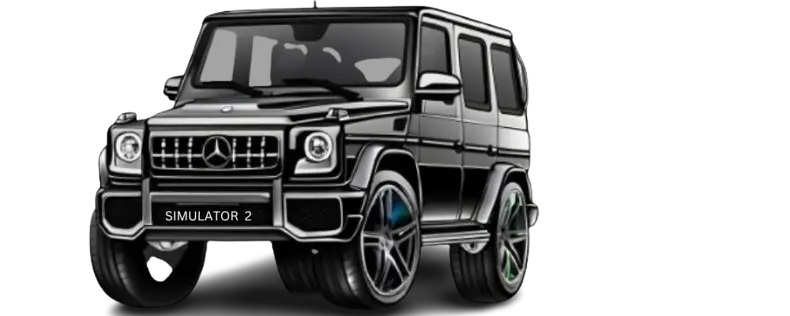The Ultimate Guide to Finding Your Ideal Bra Size
For many women, the search for the perfect bra feels like a never-ending quest. Between the confusing numbers and letters, different brands, and varying styles, it’s easy to get frustrated and give up. However, wearing the right bra size isn’t just about comfort—it’s about support, confidence, and posture too. If your straps dig in, your band rides up, or you constantly feel the urge to adjust your bra, you’re probably wearing the wrong size.
In this guide, we’ll walk you through everything you need to know to finally find your ideal bra size—and feel great in it.
Start with the Band
The band is the foundation of any bra. In fact, around 80% of a bra’s support comes from the band, not the straps. It should feel snug but not tight, level around your torso, and shouldn’t ride up in the back. If your band moves up when you lift your arms, it’s likely too big. The band should be just big enough for two fingers to fit under.
Measure Properly
To get your accurate bra size, you’ll need to take two key measurements:
- Band Size: Right under your bust, measure around your rib cage. To the next whole number, round up. If it’s even, add 4 inches; if it’s odd, add 5. This gives you your band size.
- Bust Size: With a non-padded bra on, measure around the largest part of your bust. Make sure that the tape goes all the way across your back.
Subtract the band size from the bust measurement to find your cup size:
- 1-inch difference = A cup
- 2-inch = B cup
- 3-inch = C cup
- 4-inch = D cup
- 5-inch = DD/E cup, and so on.
For example, if your band size is 36 and your bust is 40, you’d likely be a 36D.
Understand Bra Sister Sizes
Sometimes, even the “right” size doesn’t feel right, and this is where sister sizes come in handy. If the band of a 36D feels tight but the cup fits well, try a 38C. The cup volume stays the same, but the band is looser. Sister sizing allows for more flexibility in finding your ideal fit.
Try Before You Buy
Different types and styles come in different sizes, so it’s always best to try on bras first. Move around, raise your arms, bend over—test the bra in action. A well-fitted bra should feel secure, supportive, and invisible under your clothes.
Consider Specialised Styles for Specific Needs
Not all bras are created equal. For women with fuller figures or larger busts, Elomi bras are a popular choice because of their well-structured support and comfort. These bras are designed with larger cup sizes in mind and offer a wide range of stylish options that don’t sacrifice functionality. Whether you need everyday wear, sports bras, or something a bit more elegant, Elomi bras offer an excellent balance of fashion and support.
Signs You’re Wearing the Wrong Size
Still not sure if your current bra is the right fit? Here are some red flags:
- Your straps dig in or fall off
- The centre gore (the part between the cups) doesn’t lie flat
- You have spillage over the top or sides of the cups
- Your band rides up in the back
- The underwire pokes or sits on breast tissue
If you’ve experienced any of these issues, it might be time for a proper fitting or reevaluation of your bra drawer.
Final Thoughts
Finding your ideal bra size takes time, patience, and a bit of trial and error. But once you do, the difference it makes in how you look and feel is undeniable. With the right measurement, proper fit, and brands like Elomi bras catering to a variety of body types, you’re well on your way to all-day comfort and confidence.
